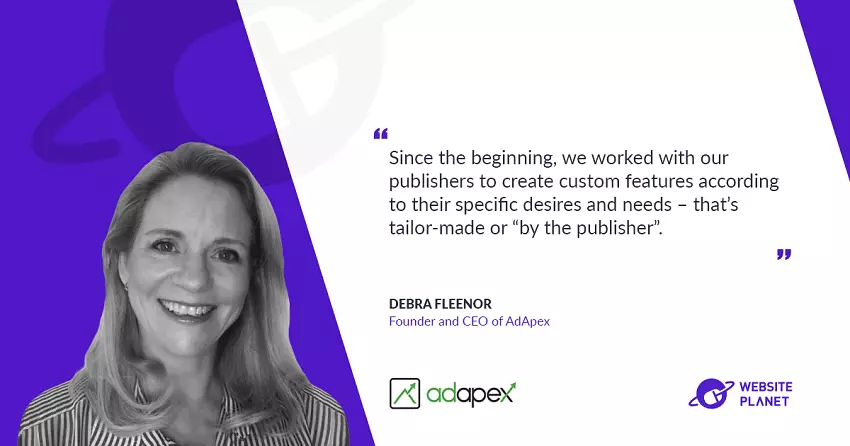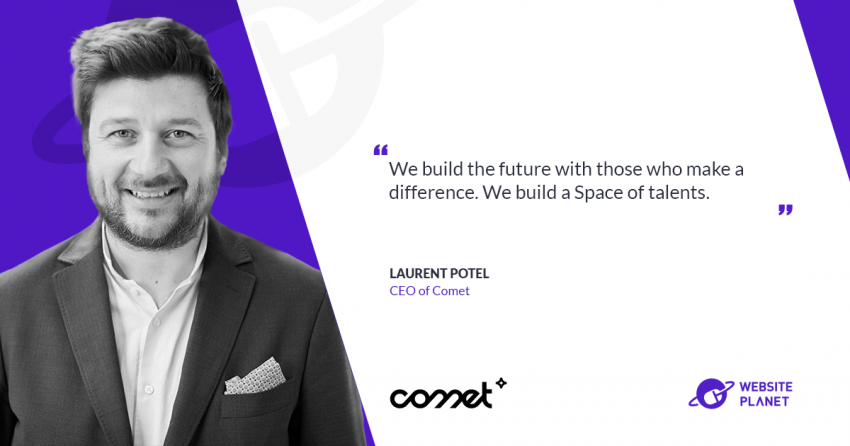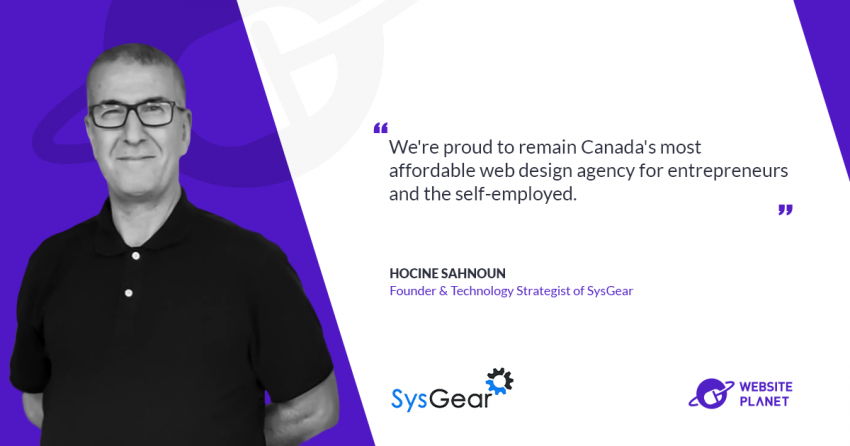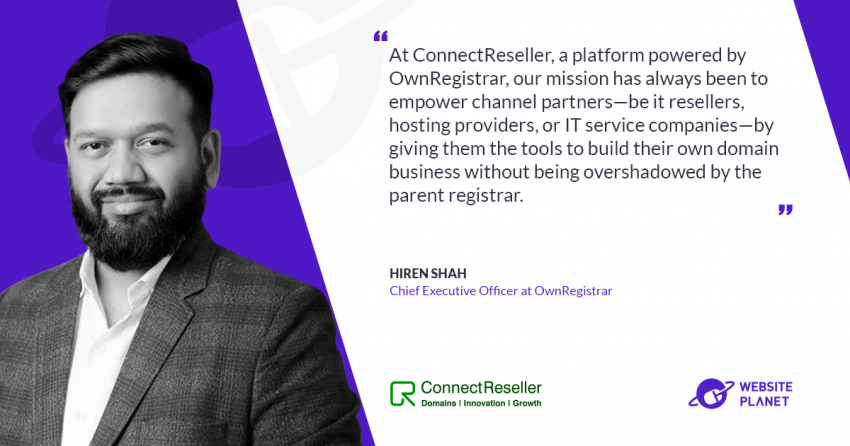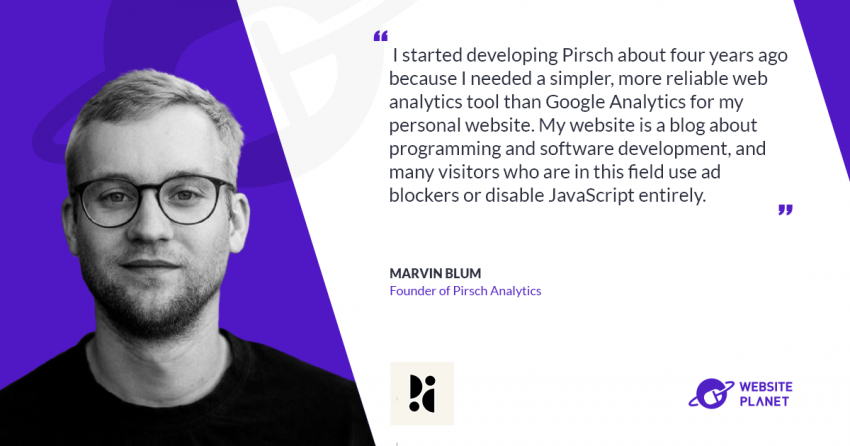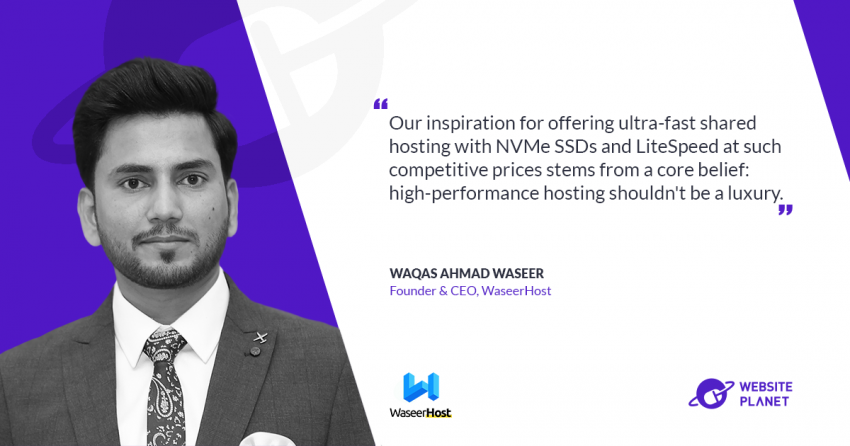Please present AdApex to our readers.
AdApex is an AdOps consultancy. We were one of the first consultancies to dive into programmatic advertising nearly 10 years ago. We now offer our technologies, techniques and expertise to just over 600 websites, mostly in the US but also global.Monetizing websites is the biggest challenge for their owners. What does AdApex bring up to this task?
The natural starting point for smaller websites is to run ads with AdSense, which is a great way to start. The big sites have a completely different approach because they can, for various reasons.
The best solution out there is to use AdX instead of AdSense and then put a complete header bidding stack in competition with AdX in dynamic allocation for all ad slots on your page.
Basically, it is auction dynamics: the more bidders you bring in the room, the higher your CPM prices will go. That’s why most of the larger websites are using this AdX + header bidding solution. Many smaller to medium sized sites do not use this solution, for two main reasons. Firstly, the premium header bidder partners, such as Index, OpenX, Pubmatic, have minimum traffic requirements.
Secondly, header bidding is a complex technology and requires sophisticated developer work to set-up and maintain. That’s where the ad-ups consultancy comes in: providing access to the premium demand sources along with economies of scale for the development of the tools and techniques that really drive successful header bidding.
We use Prebid technology, which is open source and allows us to create many custom features. We’ve built in over 50 custom features, which are aimed at improving not only revenues, but also site performance. For example, last year, viewability became ultra important to Google and other advertisers. This year, it’s all going to be about putting page speed on top of that.
So, publishers need to really think about optimizing lazy loading, dynamic ads insertion, bid time-outs — watching and monitoring these all these, so that they have the right parameters that are attracting the more premium CPMs. Other features which enhance performance and revenues are adhesion units, smart refresh, and many, many more.
What does the typical AdApex customer look like?
There are minimum volume requirements to get the best performance from the header bidders, because they are algorithms, which need numbers to kick in. We recommend at least 300,000 monthly unique visitors.
While header bidding can benefit even smaller sites, these are the numbers where the header bidders can really take off. So, we work with sites starting from that size up to the largest sites that use our technology but not our team, because they have their own in-house adops teams.
Please explain the philosophy “By the publisher, For the publisher”
Since the beginning, we worked with our publishers to create custom features according to their specific desires and needs – that’s tailor-made or “by the publisher”.
In the early years, we custom created these technologies individually for each website. Then, in 2019 we came out with version 3.0 of Merlin (our custom header bidder wrapper), which made it possible for all these technologies to be toggled on or off from our side, instead of being custom-coded one by one, and without the need of developer resources on the publisher side.
Our publishers wanted transparent, unified analytics and reporting. So we created Matrix (our proprietary analytics and reporting UI) so publishers can see all their KPIs normalized and cross referenced in one place. This is essential in driving data driven decisions about site layout, demand partners, and more. More recently, because our publishers wanted to optimize with page-level stats, so we released Magma (page level analytics) in 2020. We call these Adapex’s M3 Tech Suite.
While we built the code, we built it thanks to the requests and needs expressed by our publishers. So, the ideas came from the individual publishers, but we created something that works for all the publishers.
What does AdApex’s partnership with Dsquared Sales bring for your services and customers?
We are always going after the premium CPMs. When you have a supercharged header bidder technology, you’re going to get the premium CPMs, but going to direct deals leads to even higher premium CPMs.
Advertisers need scale to get their attention. Even a site with 10 million monthly unique visitors has a very difficult time attracting direct campaigns. If a major brand is running a campaign, they’re looking for billions, not millions, of impressions. So, the big brands run their direct campaigns mainly on the largest sites. So, we decided to pool together all of our publishers’ impressions so that we can offer these billions of impressions, across our pool of over 600 sites.
Still, getting into the agencies is not easy, so we partnered with DSquared Sales. They have six reps across the US, marketing our pool. Advertisers tend to look to the big brand sites. Instead, we’re showing them that they can reach their targets across our pool, and often with better results.
With over 2 billion monthly uniques, it’s easy to put together targeted packages to reach the advertiser’s needs. Plus, our sites tend to be more niche, and so the readers are highly engaged. It’s a win-win for the advertisers and for our publishers.
What tips do you have to website owners that don’t want to “pollute” their website with ads even though they need to pay for their operations?
In the ad world, less is often more. Don’t crowd your website. Instead, watch your key metrics and optimize for high viewability. If you’re using only Adsense, auto ads are good. I know they throw out a lot of interstitials, which are now bringing great CPMs, but auto ads don’t allow you to optimize since you don’t control their placement. And you don’t control how many ads are shown on the page.
It’s important to create individual placements as well so you can control the numbers of ads on your page and also optimize their placement for the highest viewability. Also, the adhesion unit is always going to be a winner. Websites might not love them aesthetically but they are good for everything, because they have 90% viewability and advertisers love them. So, go for the quality of the placements, not the quantity.
